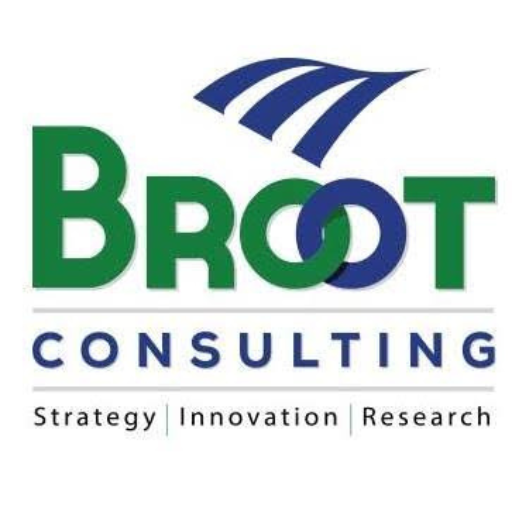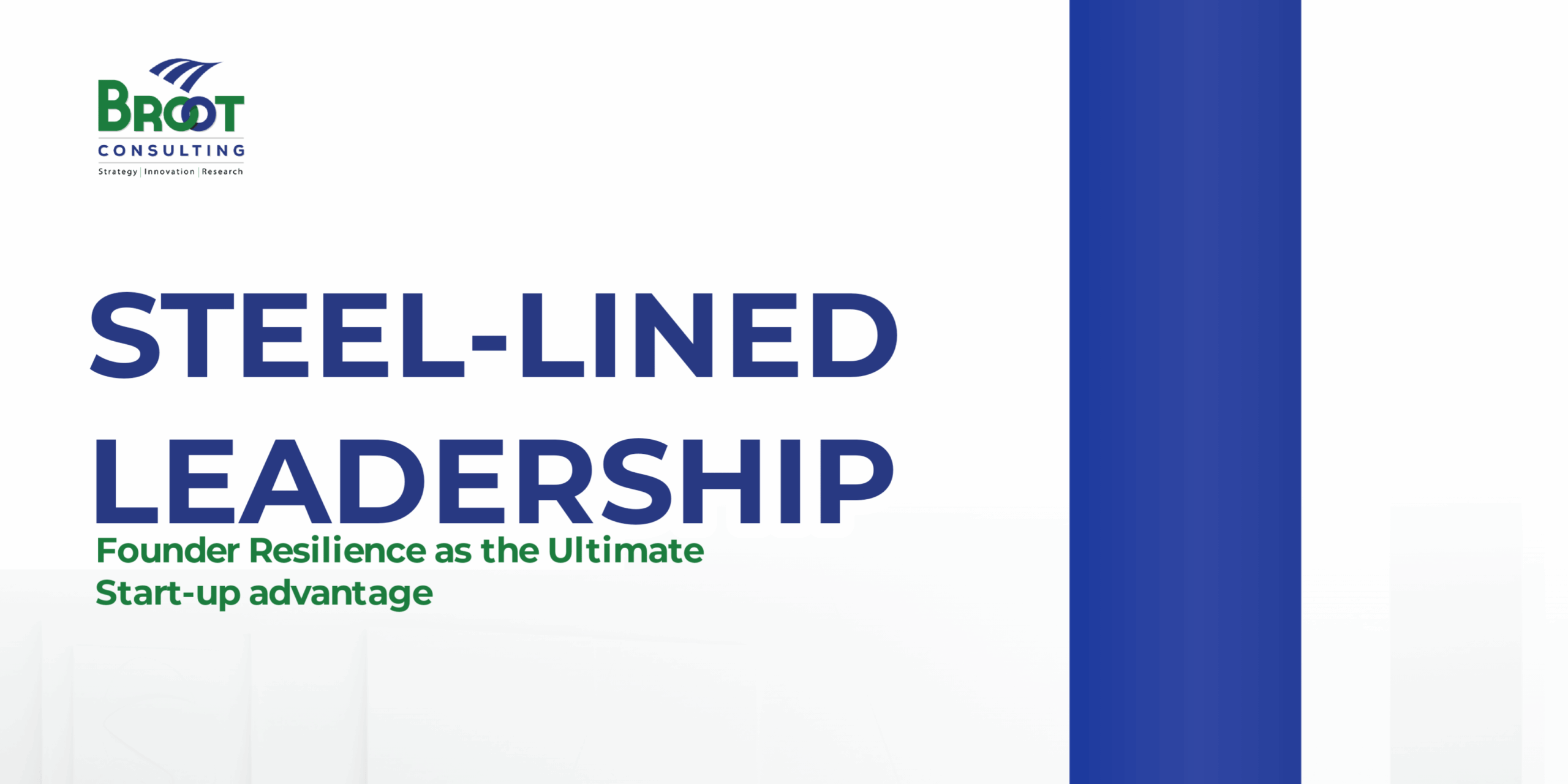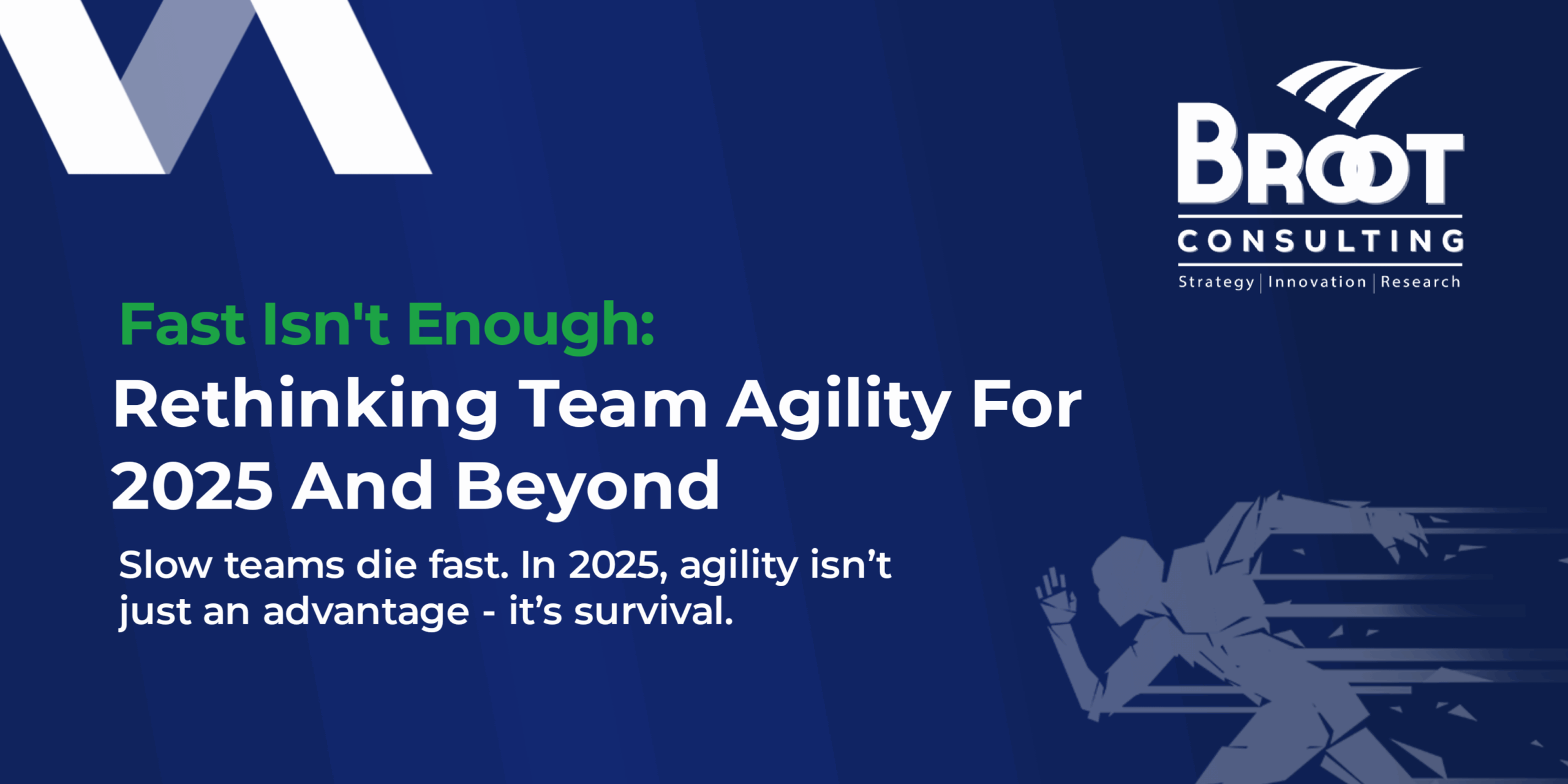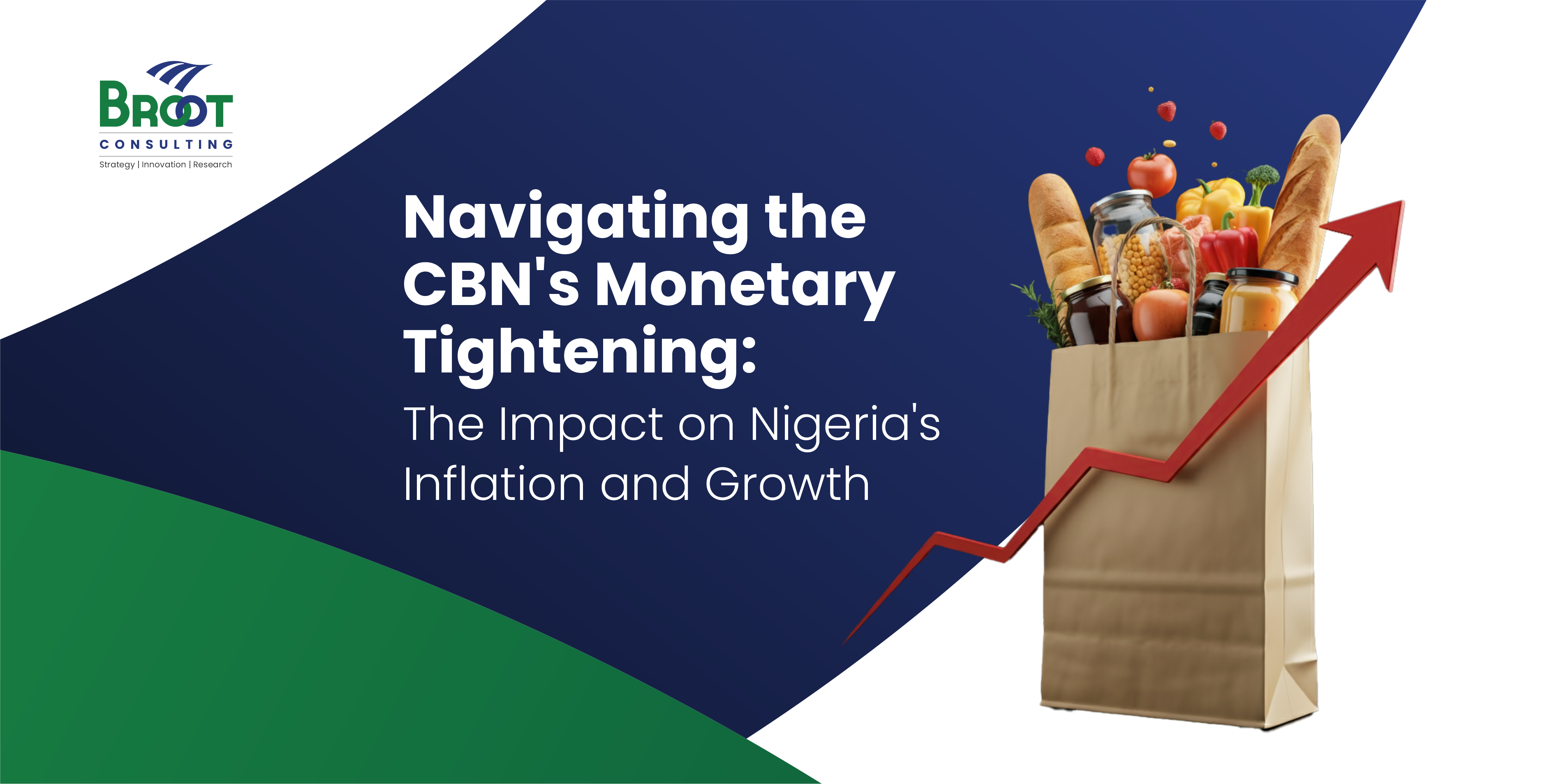What will you call an enterprise whose business model is anchored on generosity or freebies? Your answer should not be far-fetched – charity is most likely the name that will stem up in your mind. Such model is not expected to survive neither be profitable. There is one man who challenged these notions and proved the world wrong: Dr. Govindappa Venkataswamy, popularly called Dr V.
The Aravind Eye Hospital
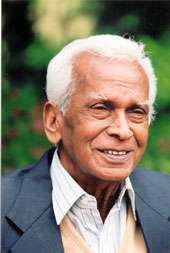
In 1976, Dr. V retired from the Government Medical College in Madurai, South India. His mission was to cure people of needless blindness. Recognizing that the majority of these people were in abject poverty, his marketing strategy was to offer free premium services to these people, asked those who can pay a little to pay whatever they could afford. He was so “extreme” that even when those who could afford to pay chose to go to the section for the poor, they are treated for free without any stigmatization. And for those who were so poor that they couldn’t come to the hospital, Aravind doctors took the services to them at their location.
Dr V was not a wealthy man, he retired at the age of 58 without any money, business plan or safety net. All he had was eleven beds and a vision that is bigger than him – to eradicate blindness in India. Blindness is such a terrible social taboo that robs poor people of their livelihood, destroy relationships and the victim’s sense of self-worth. What really got to Dr V was that most of these cases were preventable!

How did the Aravind model survive? How did an eleven-bed resource grow to 4000 beds, 100 hospital network and become the largest Eye centre in the world? How did an entrepreneur develop a system whereby both the wealthy and the extreme poor benefits from its services? Today, the Aravind model is a mandatory reading for every MBA student at Harvard. The Time Magazine’s 100 most influential people in the world in 2009 included the CEO of this hospital, an attestation to the hospital’s influence. How did this establishment become a financial powerhouse and international brand that has attracted global attention in academia, politics, business and media?
Simple Vision, Complicated Business Model
Dr V was an unusual man – paradoxical in the way he drew a comparison from unrelated situations or businesses practices. In an interview with the Fast-Food Company, Dr V said his vision came to him from the thought that if Coca-Cola could sell billions of sodas and McDonald’s, billions of burgers, why can’t Aravind sell millions of sight-restoring operations? With the model of allowing the poor to get the services for free, with the hope that if the person has in the future, he will give something back, Aravind Eye System is today, the largest and most productive blindness-prevention organization in the world. It has treated more than 32 million patients, its postgraduate teaching institute has trained 15 percent of all ophthalmologists in India and its fellowship’s programs draw residents from leading medical schools around the globe including the Johns Hopkins School of Medicine and the Massachusetts Eye and Ear teaching hospital of Harvard Medical School. Aravind is a pure demonstration of how empathy and compassion can lead to monumental success in business.
Quality Doesn’t Mean Expensive Neither Does Cheap Mean Poor Quality
Another insight from Aravind is the fact that quality is not synonymous with expensive, and because something is free or cheap does not mean it is inferior in quality. To survive in the hyper-competitive world, organisations must strive to achieve super efficiency that would make superior quality possible at low cost. Today’s customers are well informed, they want good quality at highly affordable costs. Today, American, European and Japanese companies are known for expensive products and services while China and India continue to demonstrate that good quality is possible at low cost.
Dr David Chang is one of the world’s most iconic ophthalmologists and an internationally recognised sub-specialist in cataract surgery. The Harvard graduate whose influence and skill in cataract surgery is compared to Michael Jordan’s skill in basketball was full of praises for Aravind hospital when he visited. David wrote an article, “A 5-Minute, $15 Cure for Blindness”, where he praised the level of efficiency and dedication at Aravind, he was shocked that while many eye surgeons in the United States perform 200 to 300 cases a year, averaging 30 to 45 minutes per case, at Aravind, doctors consistently perform more than 80 surgeries per day. He continues:
“I’ve been involved with every aspect of cataract surgery as it is performed in the U.S. and in the Western world… and I really did not expect to see the efficiency, speed, skill, and stamina with which surgery is performed at Aravind. I watched their surgical teams with amazement… Unlike other seemingly hopeless challenges, here is a very tangible, affordable, and proven solution. Aravind is one of the greatest success stories in all of medicine.”
Winning solutions must be inclusive and place all users at the heart of the matter to get the job done. The job to be done (JTBD) must be very simple and basic. For the Aravind patient, it was to put a stop to blindness threatening their lives and livelihood. When we help users to get their jobs done, we create a fertile soil for our businesses to succeed. The challenge for most entrepreneurs is how to identify the Job to be done for their users. The best way to discover this is to study their pains in the consumption of products or services (accessibility and affordability) and come up with a solution that gives an exceptional customer experience.
Conclusion: Insights and Applications for Businesses
- The Bigger The Goal The Greater The Reward: The Aravind Model by all measure of decency appears quite unreasonable and unachievable. However, when passion, vigour, transparency and integrity, is put into providing solutions that help uplift people from shackles of vulnerabilities, it will eventually yield monumental rewards. Examples of this abound everywhere such as Grameen Bank by Yunus Mohammed, the Facebook that connects us and the Google Search engine that places information at our fingertips for free! What about the email account that is mostly free to people, WhatsApp and other social innovation? When an inclusive system is deployed in a society, it makes the diffusion of such solution faster and with acceptance comes huge rewards.
- Free Does Not Translate To Immediate Acceptance: When people were not turning up at Aravind Hospital for the free eye surgery, despite lots of outreaches, the Aravind team were puzzled. They did not understand why anyone would refuse free care to see. Unbeknown to them, majority of them were so poor that they could not afford the cost of transportation from their village to the cities where the hospital was located. They discovered the insight from a blind beggar who said “I can’t come to your hospital because to access your free service, I have to go and look for money. Your service is free but I will have to source 100 rupees for food, transportation, accommodation for me and the relative that would accompany me. Where will I get such money from?” You may provide free service and still not get the expected result; it is your responsibility to see what the various issues that make your free service expensive. Aravind owned the problem and added to the eye camp: free transportation to the base hospital, accommodation, food, medicine and transport fare to return to their village. Thulsi, the nephew-in-law of Dr V said that though their cost went up significantly so also was their acceptance rate for surgery which went “from roughly 5 percent to about 80 percent.” He says further “You have to focus on the nonuser, and you have to passionately own the problem. You can address the barriers only when you own, not shift, the problems.” So, it is not enough to just offer your service, but you must be concerned with any obstacles that make your service inaccessible.
- Large Volume Improves Efficiency: With a large volume and a tight budget, you become skilled and more resourceful. Though comparing eye surgery service with McDonald’s is an unlikely pair, however, Aravind’s vision was to create strong accessibility and unlike McDonald, his services are largely free to the poor patients. In her article in the New York Times of January 16, 2013, Tina Rosenberg provided a great insight into the business model of Aravind. The hospital adopted McDonald’s model of assembly-line efficiency, strict quality norms, brand recognition, standardization, consistency, ruthless cost control and above all, volume. With all these in place, Aravind was able to offer high-end services to both the poor and the wealthy and achieve clinical outcomes that are superior to what obtains in the United Kingdom.
- Explore the Unserved and Underserved Market: This is an often overlooked quadrant and the reason is simple. We keep going for the familiar – those we believe can pay for our services, those we think will appreciate it better, and those we think should be separated. It costs so much to maintain this type of market, however delivering services to the unserved market is not complicated. They have a strong sense of appreciation and loyalty, unlike our usual market. Overlooked markets have simple faith and taste, all they need is a solution that alleviates their problem and enables them to get their job done.
- Leverage on Community Relationships: Community integration is critical to your business’ success. They are not your competitors they are your collaborators. Aravind ensured an impeccable community integration program. It created a strong sense of partnership and ownership and this allowed for sponsorships, access to funding and accountability. The organisation smartly split ownership and costs with the community. When the community is properly integrated, there will be peaceful coexistence and healthy competition.
